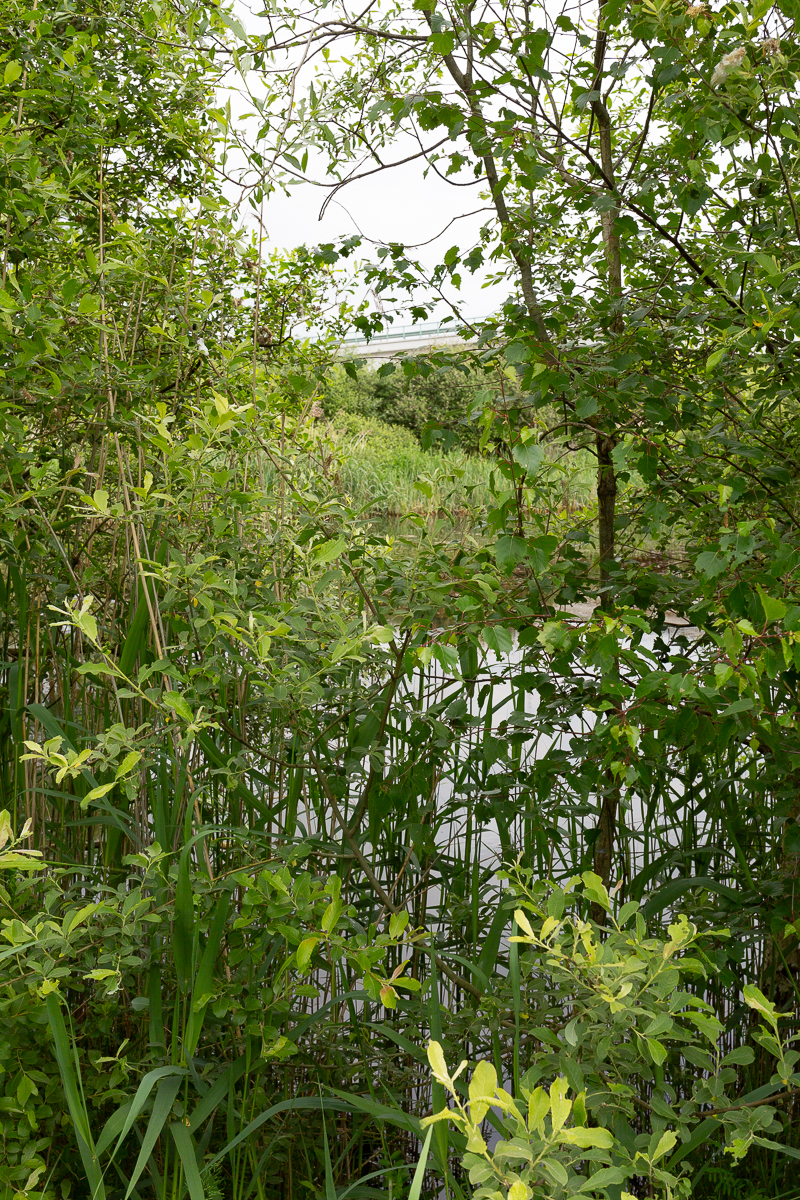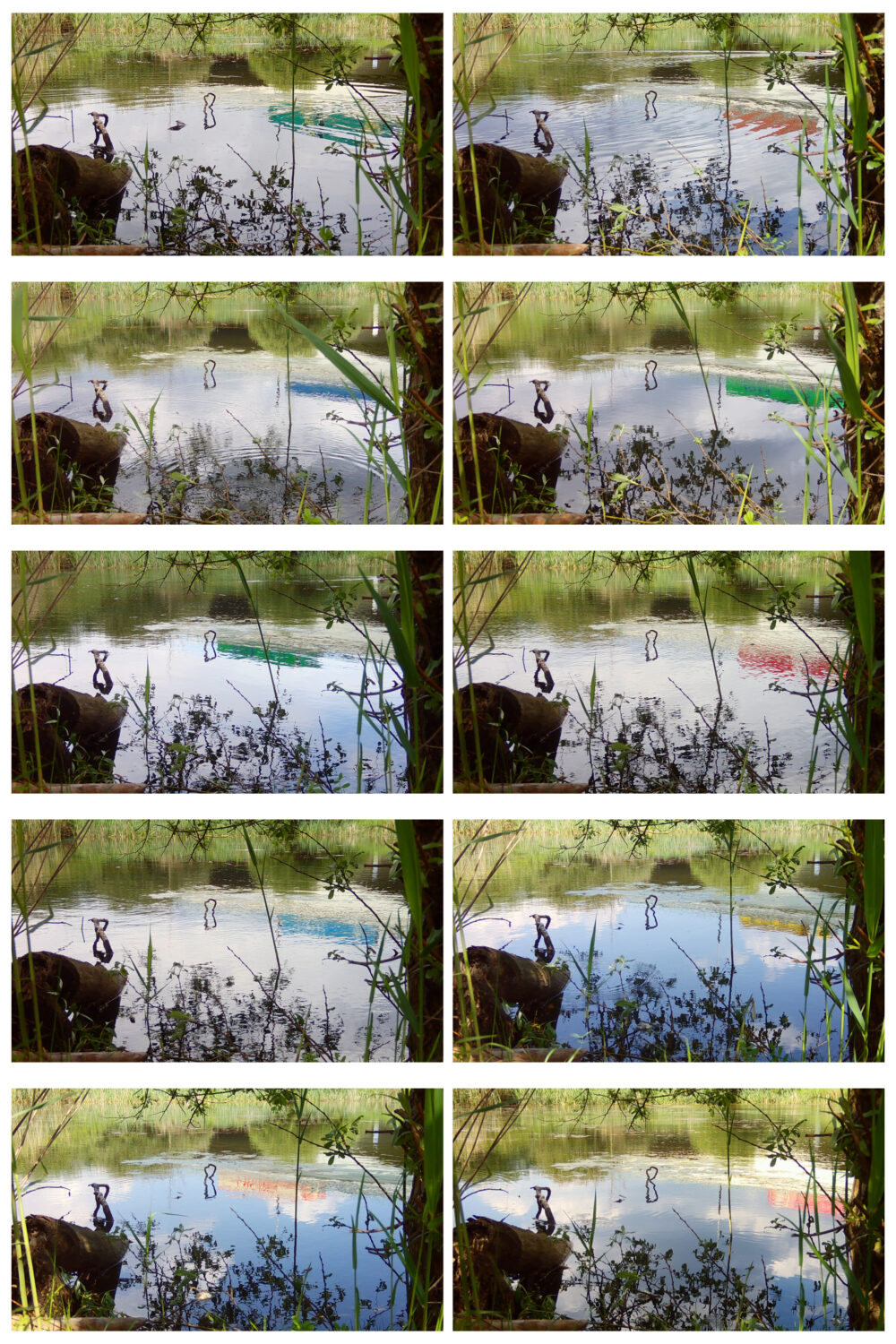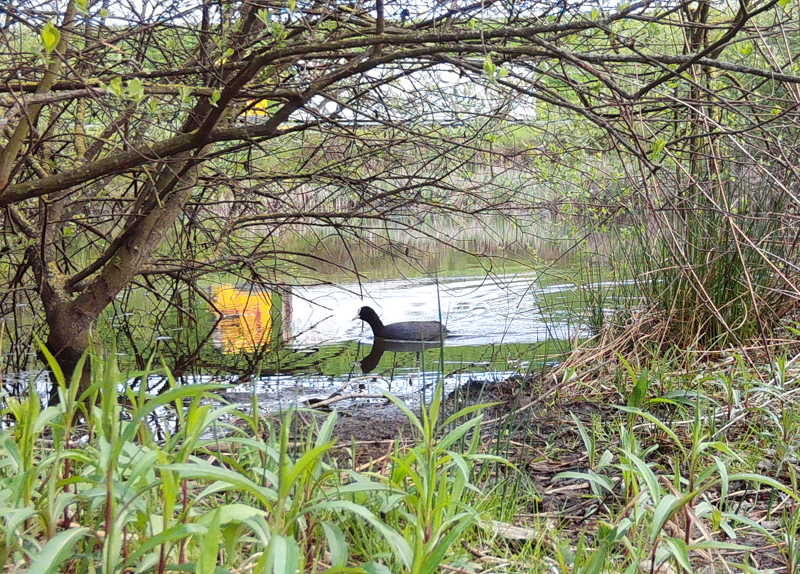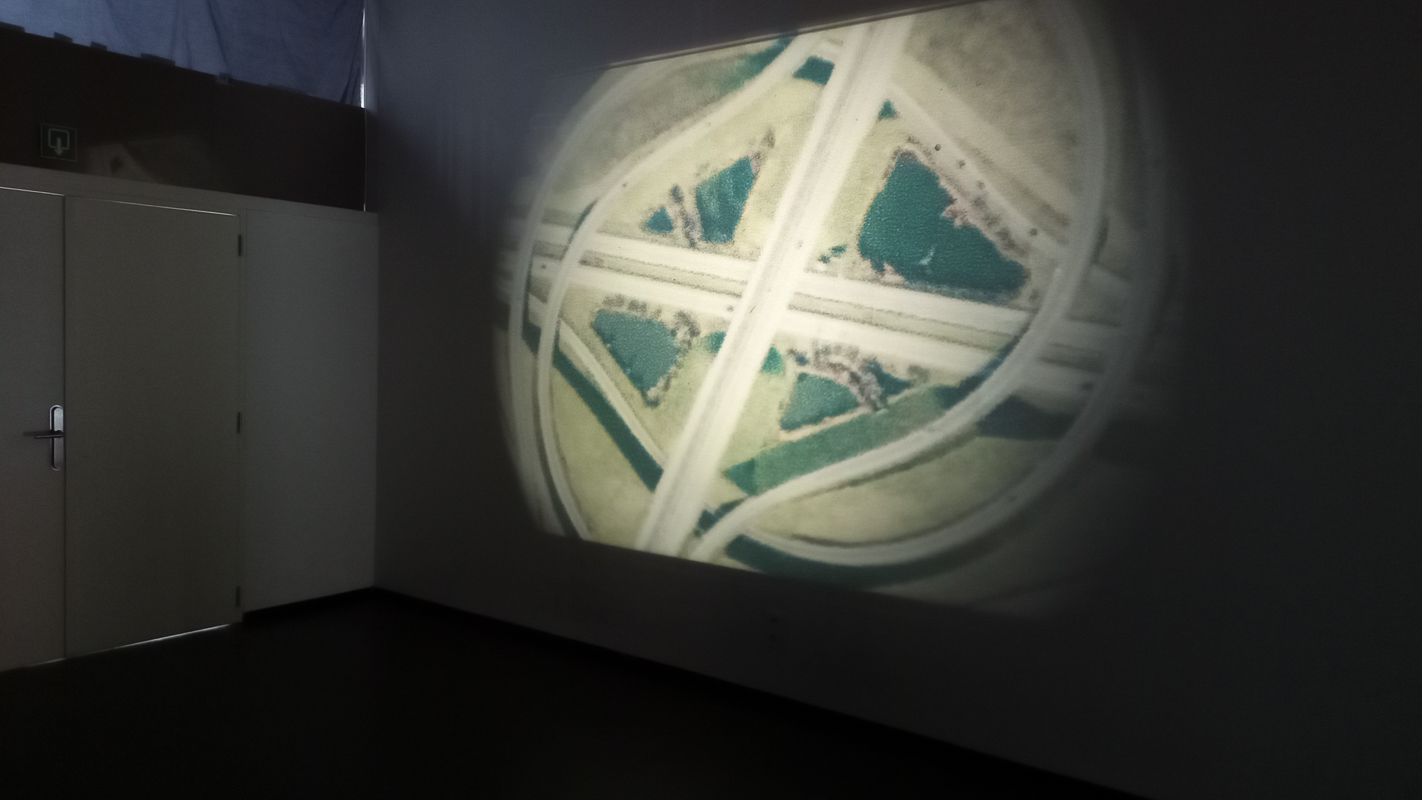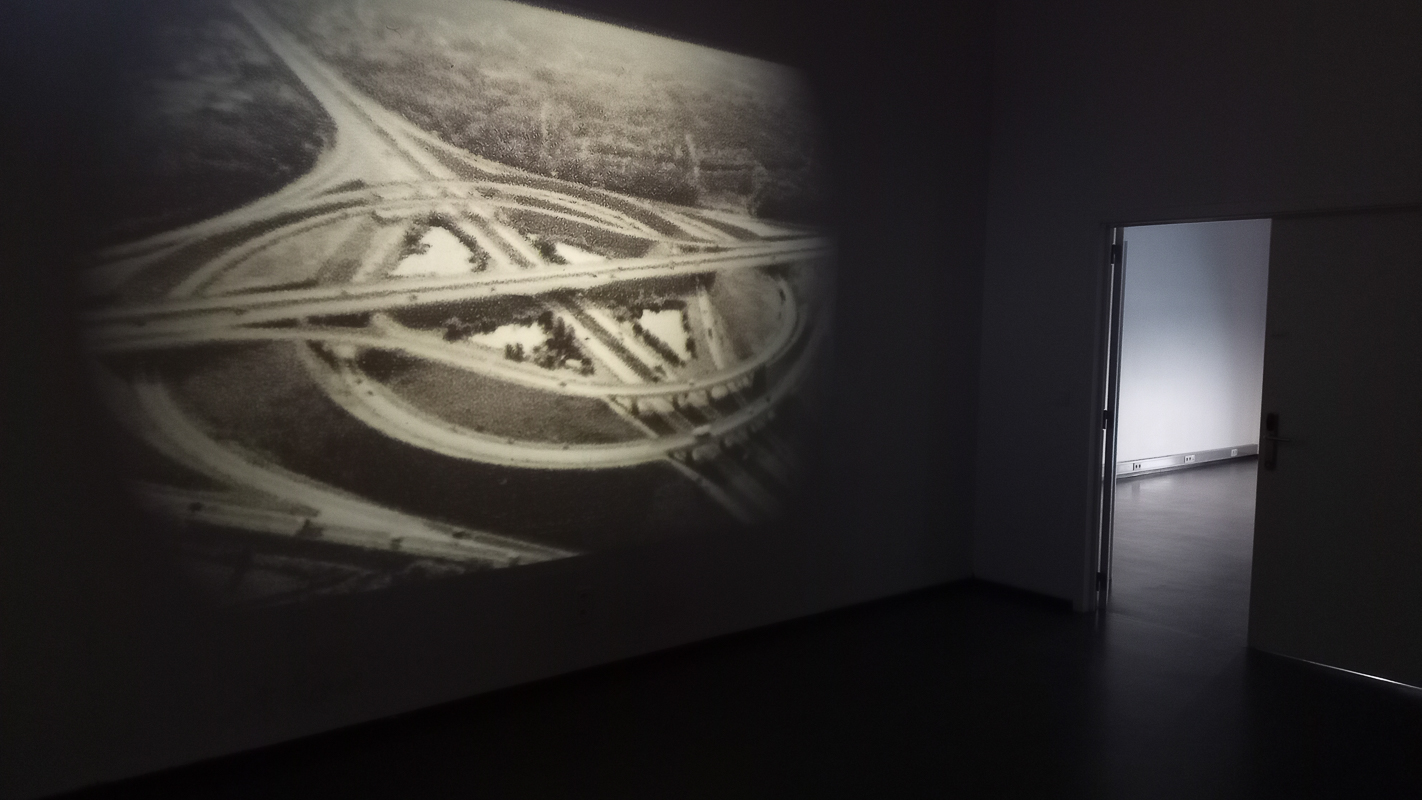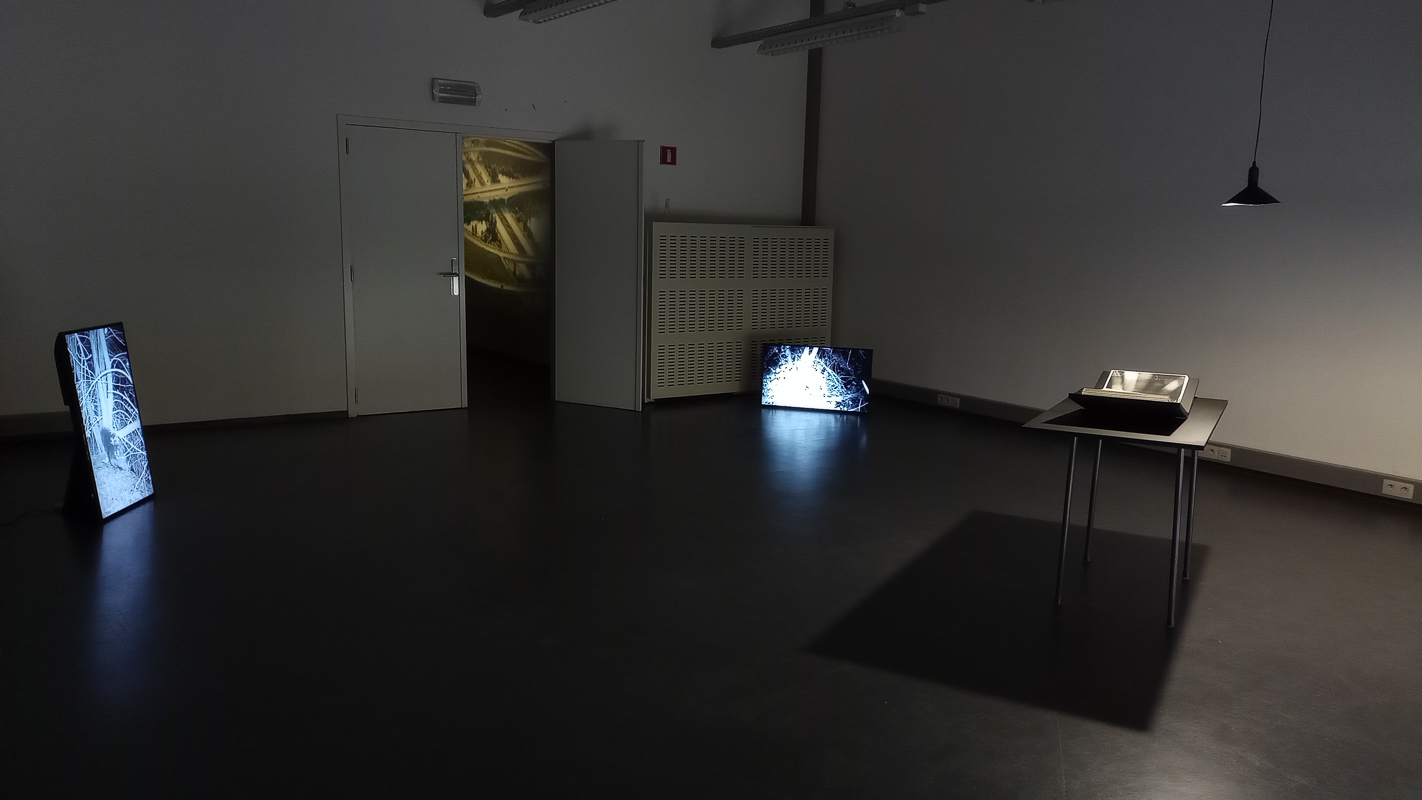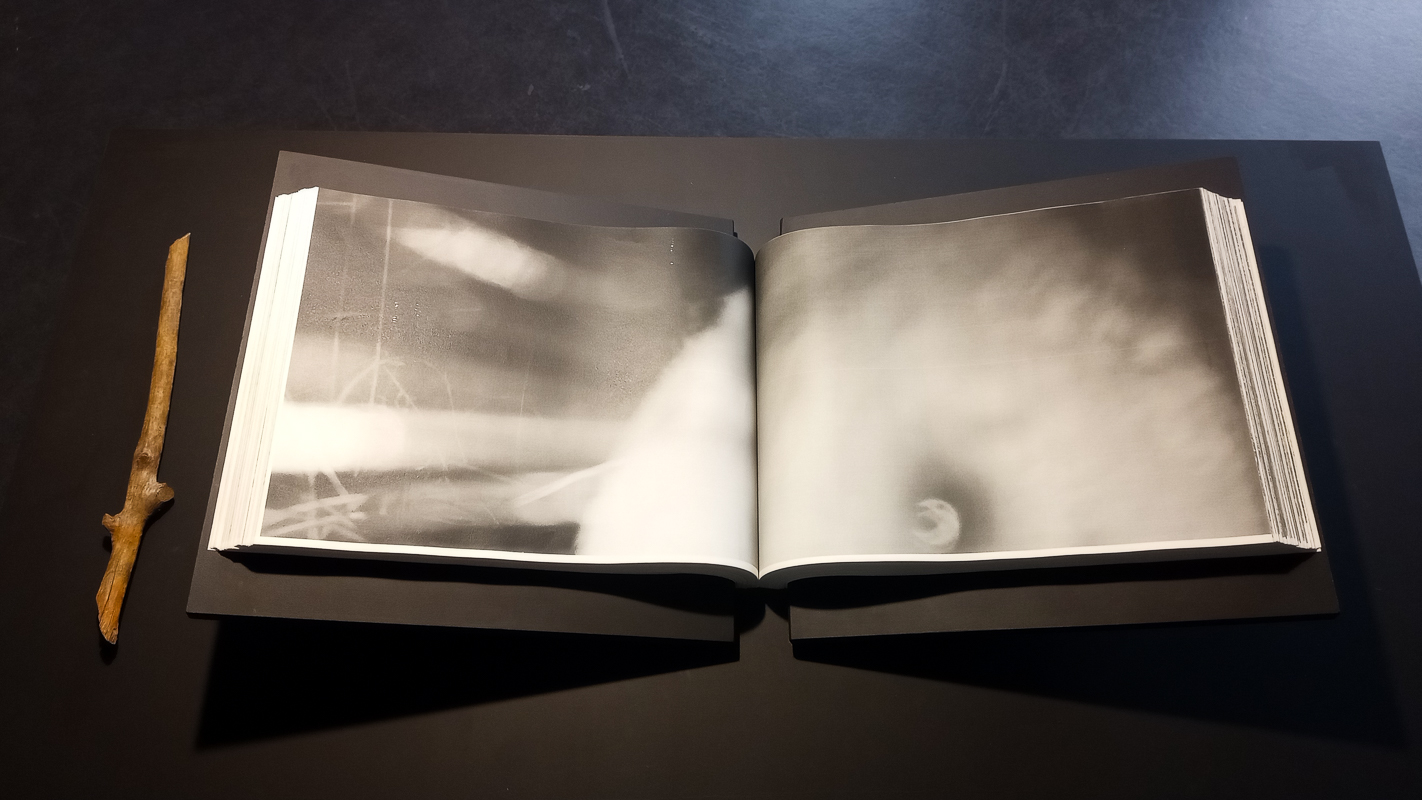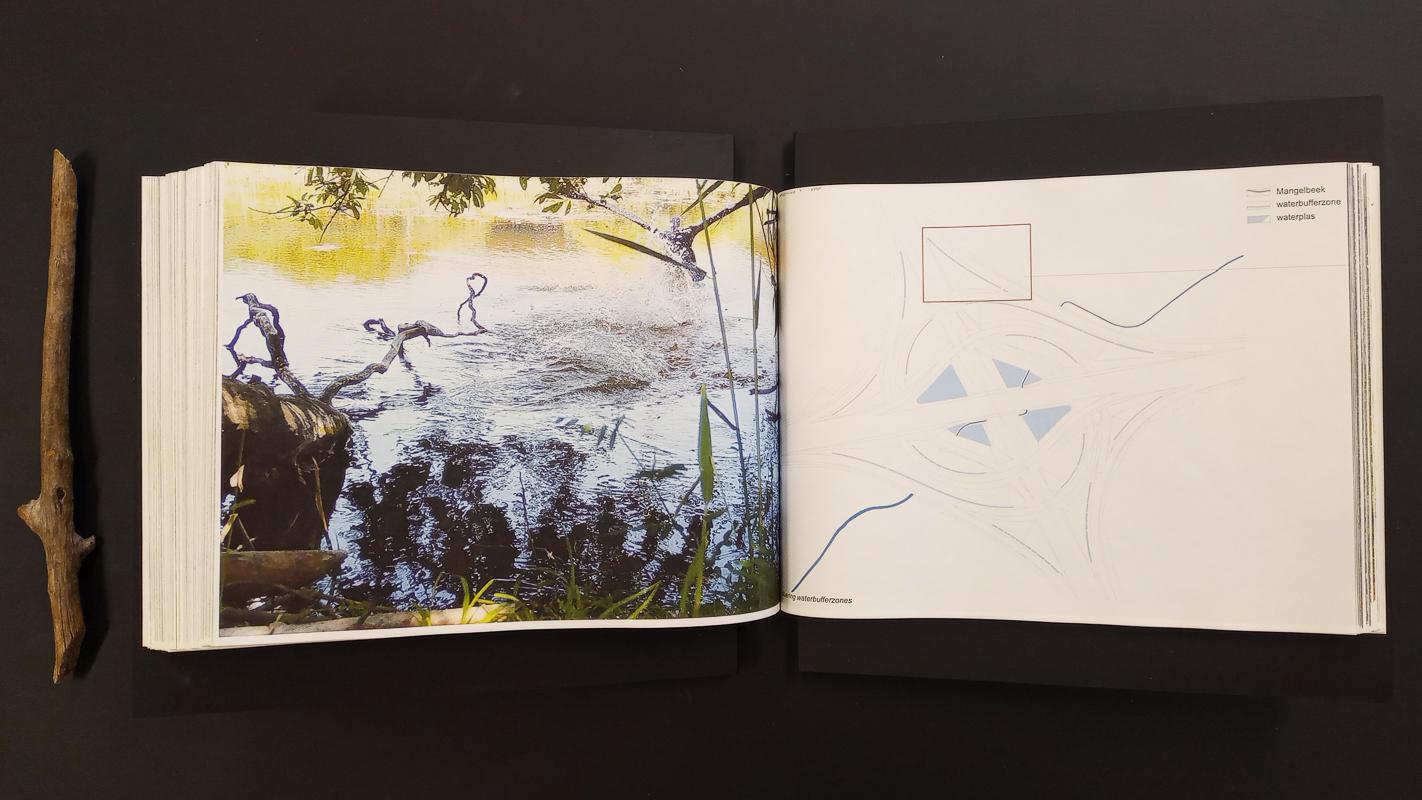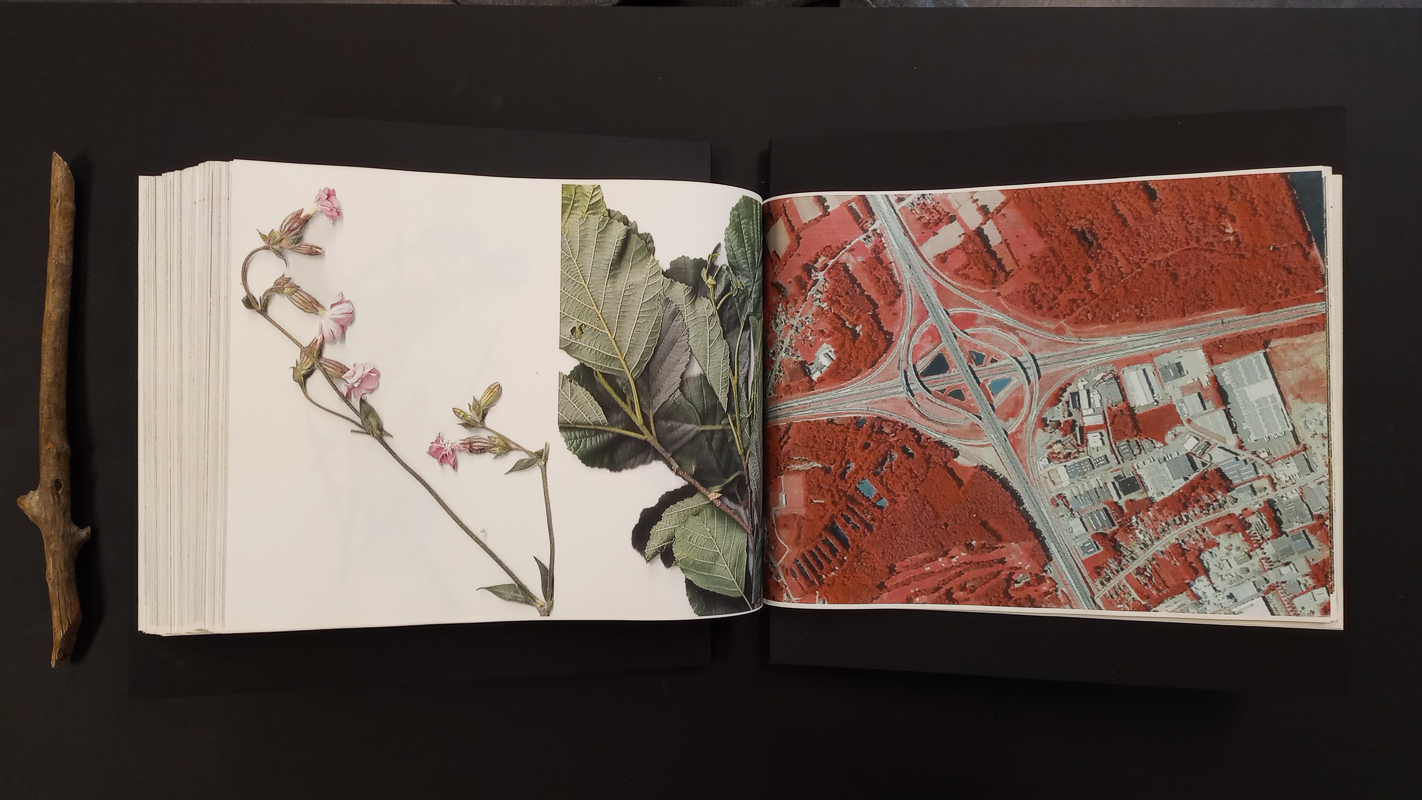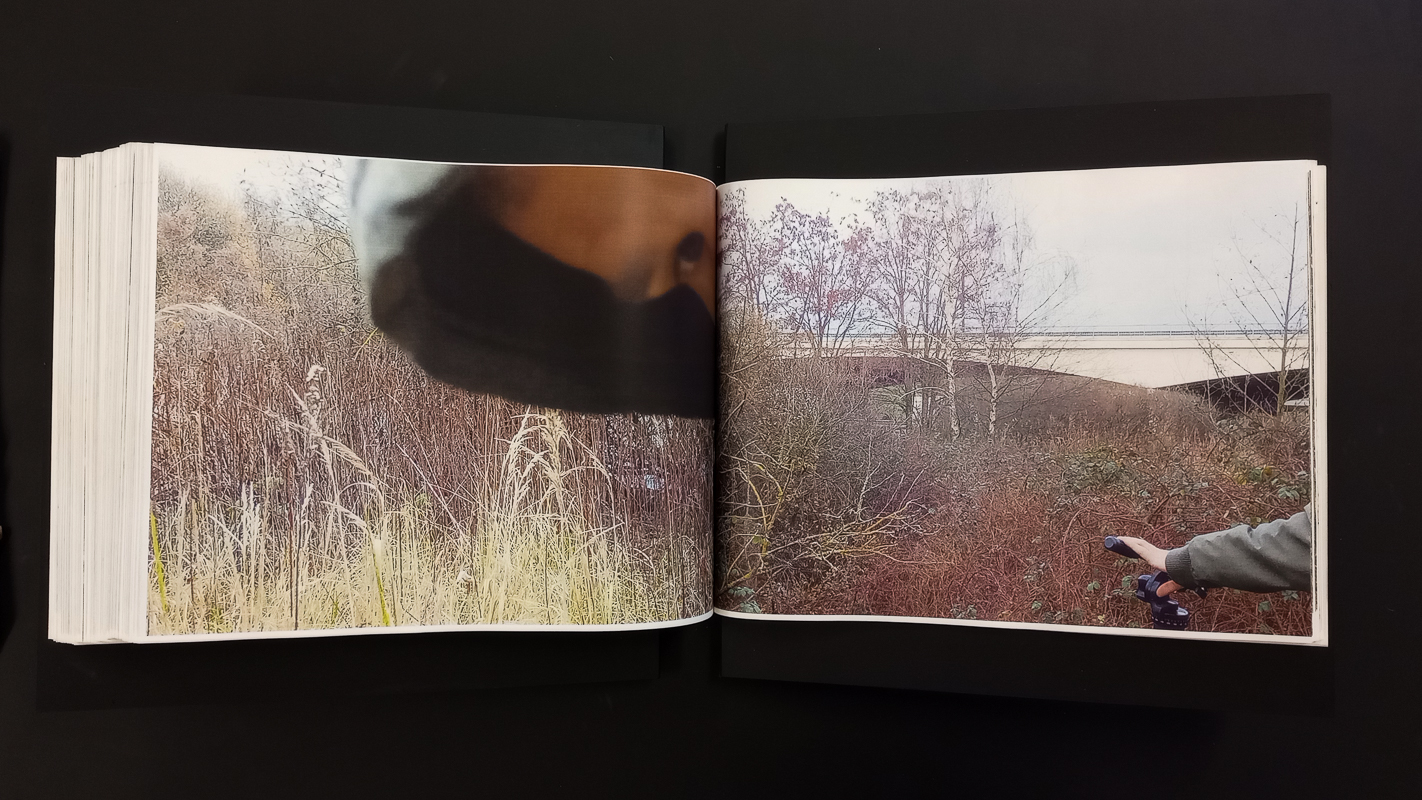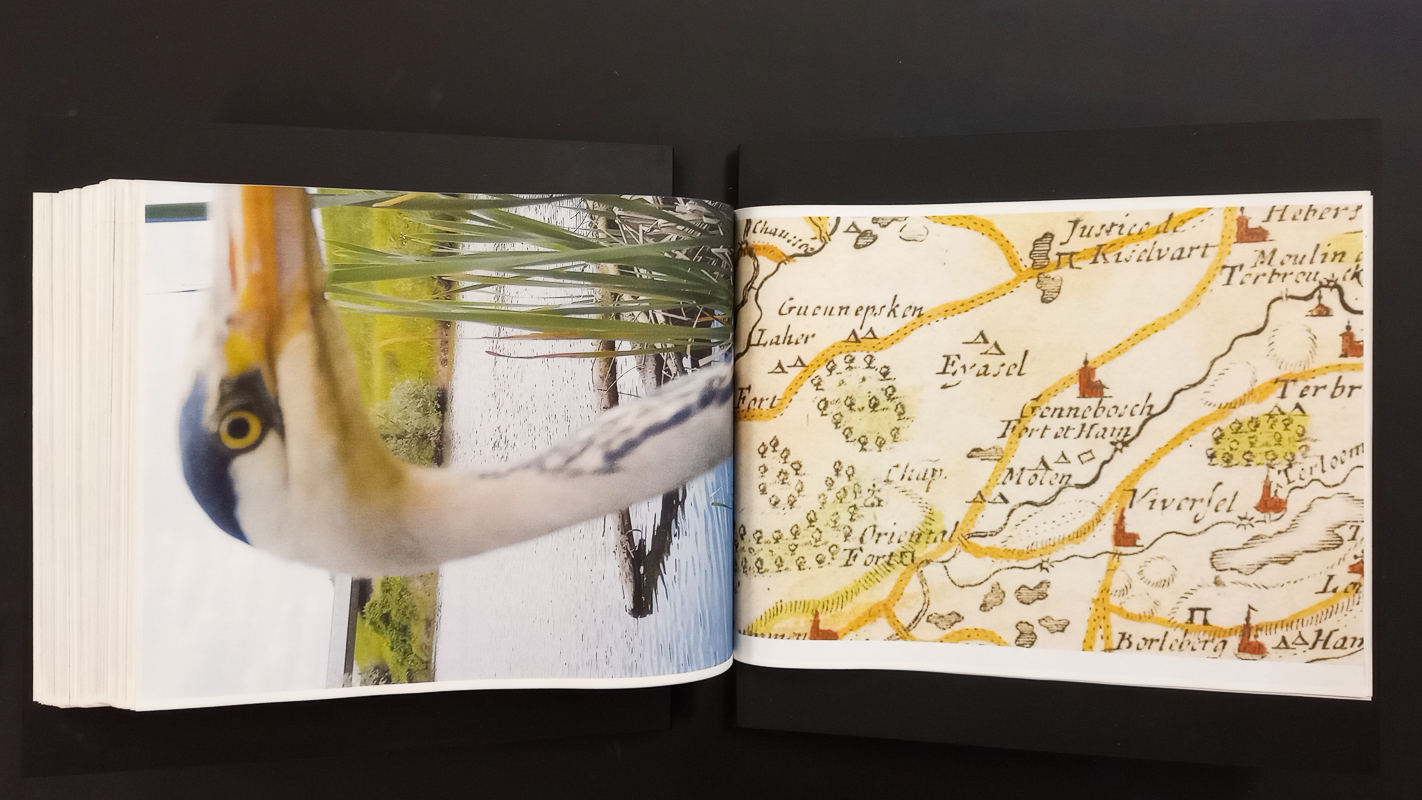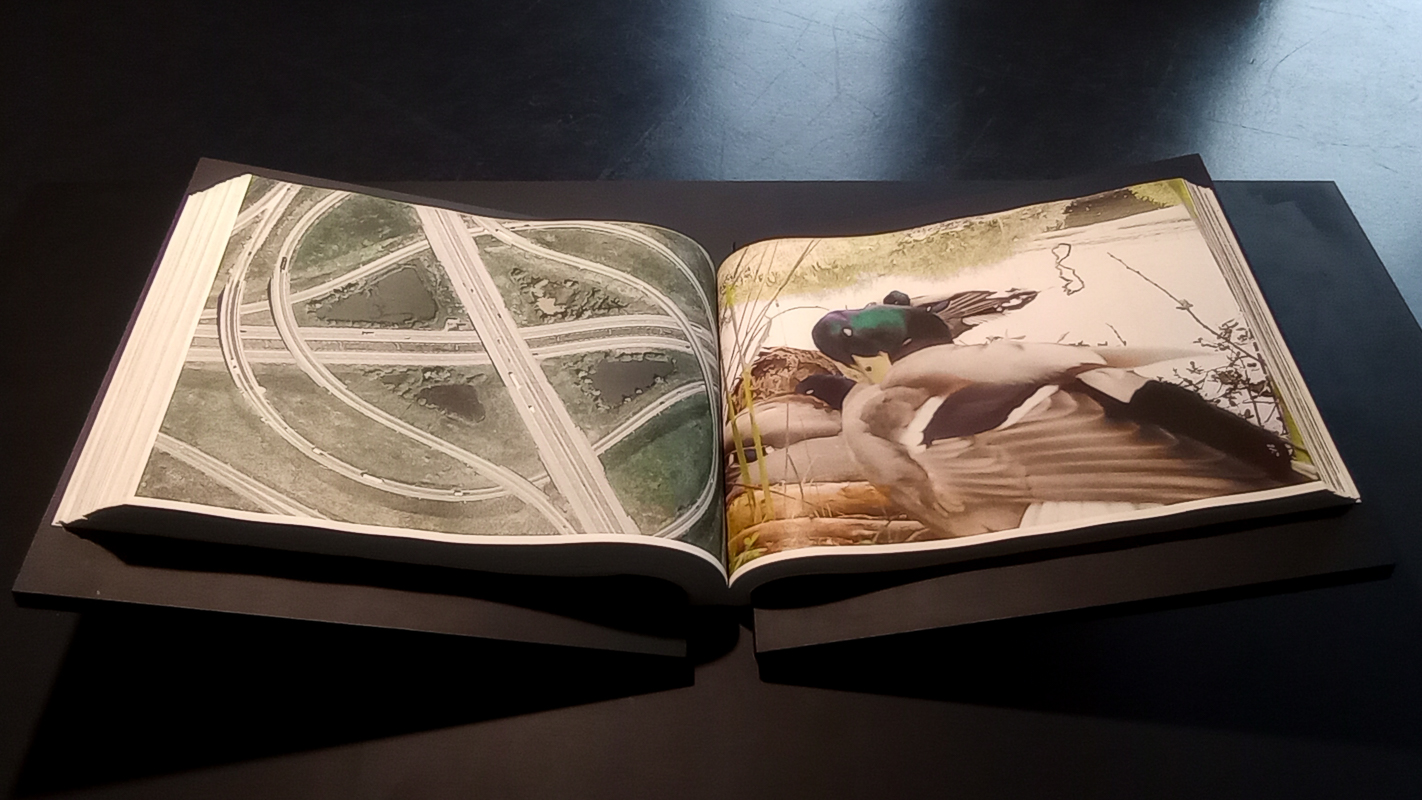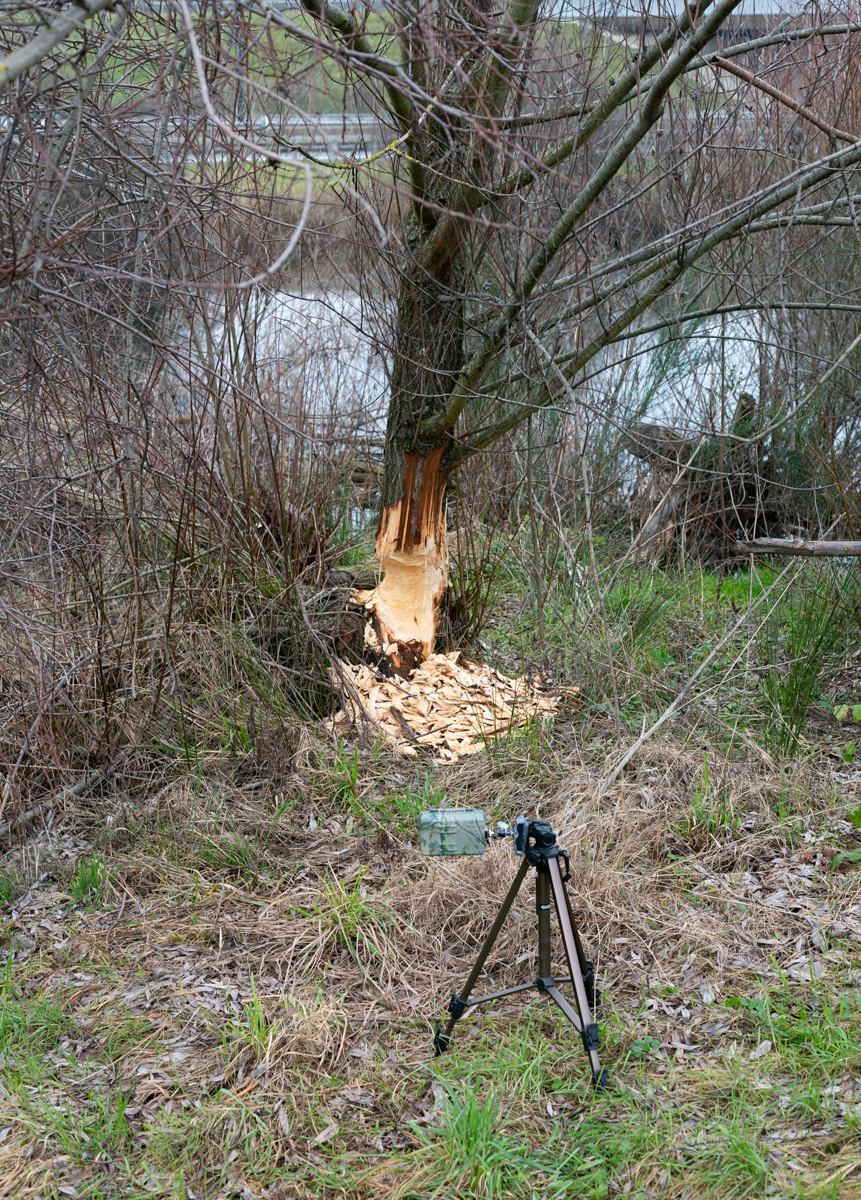Jan Nijs, HET KLAVERBLAD : een knooppunt van perspectieven.
fotografie
Annelies De Mey
Wim De Temmerman
Een van de grootste verkeersknooppunten van België ligt in Lummen. Bekend als HET KLAVERBLAD leent het zijn naam aan lokale bedrijven en zijn vorm aan het logo van de gemeente. Dit toont hoe het gigantische wegcomplex de identiteit van zijn sociale omgeving mee vorm geeft.
Centraal in het klaverblad liggen vier afzonderlijke vijvers, omsloten door een netwerk van snelwegen. Met uitzonderlijke toestemming werd ik op bepaalde dagen naar deze doorgaans ontoegankelijke plek gebracht. Hoewel volledig ingesloten door bochtend beton, leven hier veel wilde diersoorten. Mijn foto’s lijken het visuele perspectief van deze dieren te tonen, die de door mensen aangelegde infrastructuur observeren van tussen de planten. De beelden veranderen ons perspectief en transformeren kolossale menselijke sporen in bijna onzichtbare details achter de struiken.
Curator Emidio Ranieri Tomeo over het project:
Jan Nijs prompts us to rethink our understanding of landscape: how we perceive and describe the world surrounding us. His photographs encourage us to look beyond Western dichotomic perceptions, suggesting that the line between nature and culture is very much blurred. In this sense, even the title of the highway junction, Het Klaverblad, the Dutch name for the four-leaf clover plant, sounds particularly emblematic.
One of the largest traffic intersections in Belgium is located in Lummen. Known as HET KLAVERBLAD, it lends its name to local businesses and its shape to the municipality’s logo. This shows how the giant road complex helps shape the identity of its social environment.
Central to the cloverleaf are four separate ponds, enclosed by a network of highways. With exceptional permission, I was taken to this usually inaccessible spot on certain days. Although completely enclosed by curving concrete, many wildlife species live here. My photographs seem to show the visual perspective of these animals observing the man-made infrastructure from among the plants. The images change our perspective, transforming colossal human tracks into almost invisible details behind the bushes.
Curator Emidio Ranieri Tomeo on the project:
Jan Nijs prompts us to rethink our understanding of landscape: how we perceive and describe the world surrounding us. His photographs encourage us to look beyond Western dichotomic perceptions, suggesting that the line between nature and culture is very much blurred. In this sense, even the title of the highway junction, Het Klaverblad, the Dutch name for the four-leaf clover plant, sounds particularly emblematic.
